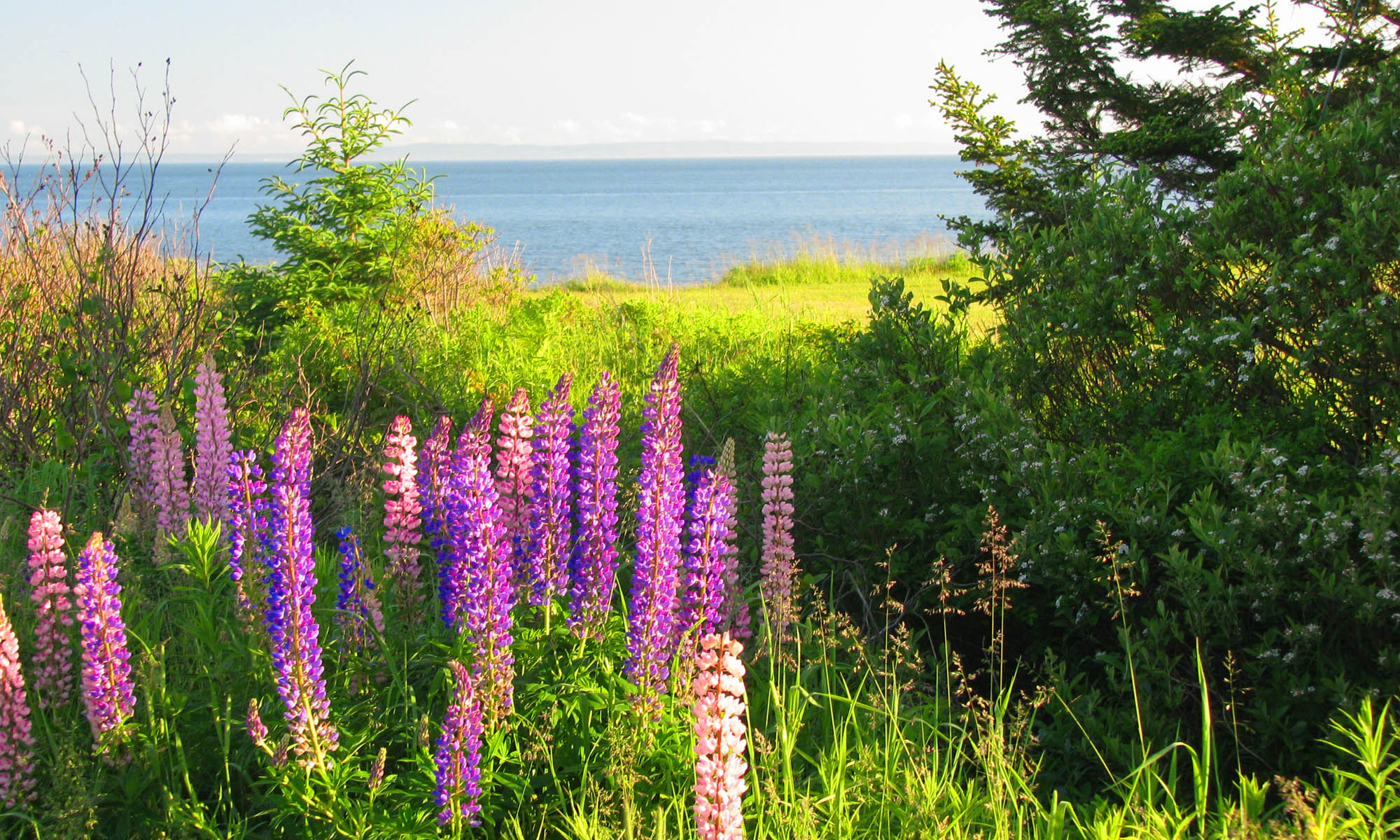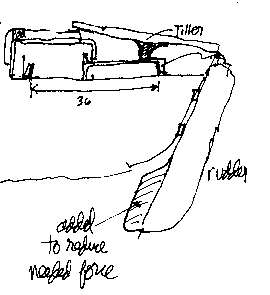For those of you who are watching me struggle to get up to speed with web site stuff, let me report a new breakthrough. As I mentioned earlier, I have set up with Google Analytics for the 4 sites I am developing. It was interesting (but of no special importance) to see from what countries visitors came in the last week or so (when I started getting data). But some of the BIG statistics had no meaning. So I looked them up in Google and here are the (mostly Wikipedia) meanings:
Bounce Rate: This is the percentage of people who arrive at any of my pages and never go to any other of my pages from there. Either they came by mistake or else, having arrived, they decided nothing else was interesting enough to click on. I learn that 50% is generally considered good–only one in two stays around. Continue reading “Web analysis terms”

